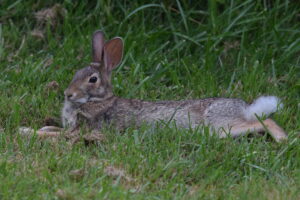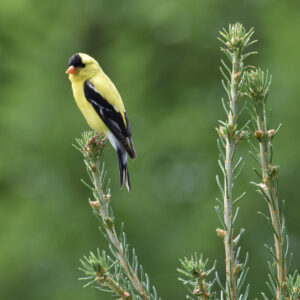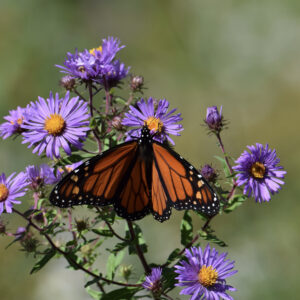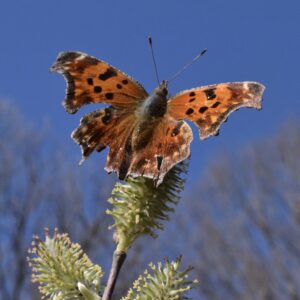Relatively recently, I got a new type of lens for my camera. Previously, I had a macro lens and a pretty standard non-specialized type of lens. The new one is a telephoto lens, which is a type of lens that allows you to zoom in on distant subjects.

A telephoto lens has very different uses and possibilities compared with a macro lens, but there is one thing about it that feels familiar; both lenses allow me to photograph things I can’t quite make out. I may be able to see them, but not clearly enough to tell what I’m looking at. Through the lens, I can see them with much more detail. (Sometimes I will just look through the lens like binoculars to see what that dark shape in the trees is.) So, what the macro lens does for tiny objects (or creatures), the telephoto lens does for distant objects (or creatures).

So this new lens doesn’t make any of my previous lenses obsolete, it just opens up a whole bunch of new possibilities that weren’t there before. One of the main things I’d had in mind for it when I got it was to use it to photograph birds; a telephoto lens is pretty much a requirement for bird photography. The lens also works well for butterflies and presumably any other large, skittish insects, like dragonflies.

Another use for it I’ve found that’s less apparent is to be able to get a different angle on certain subjects, even though I can get close to them and I want a ‘close up’ of them…



